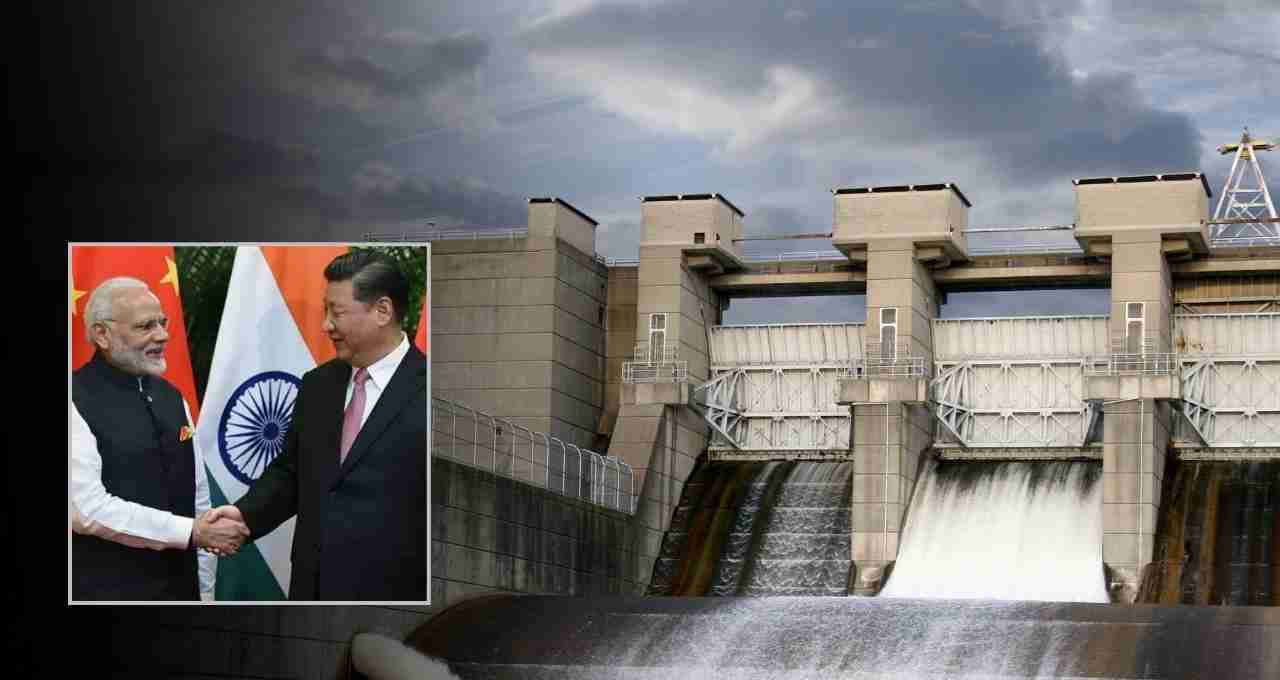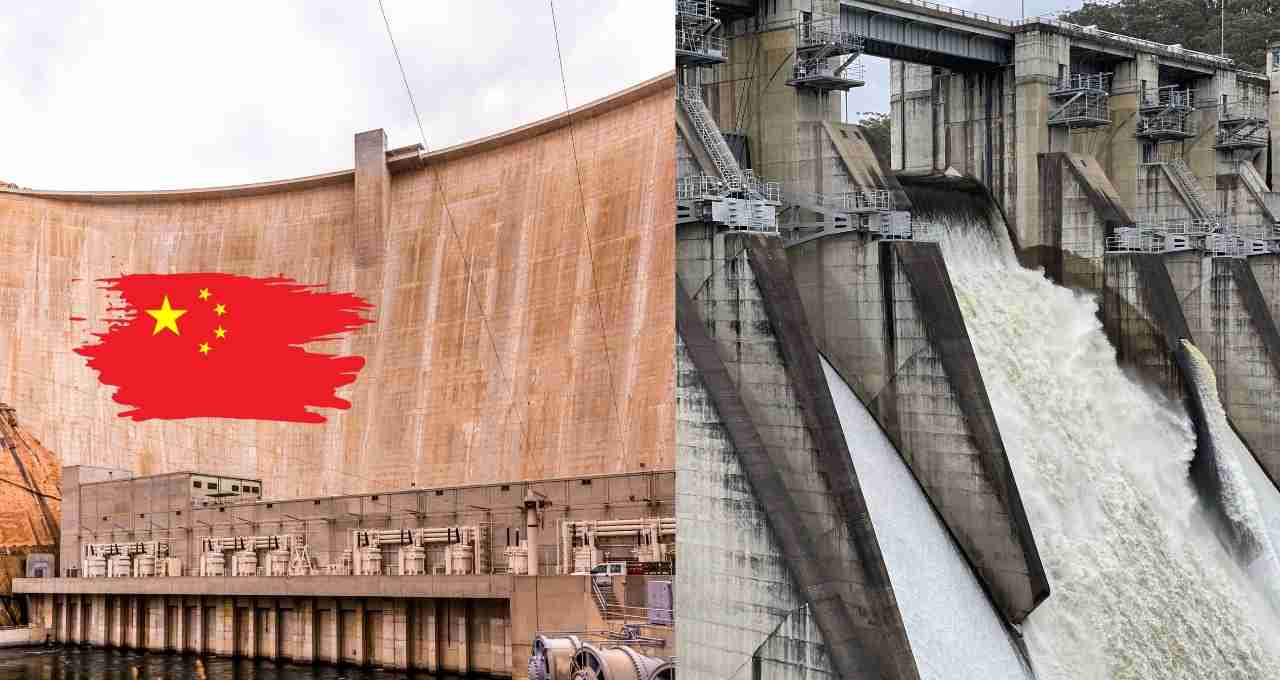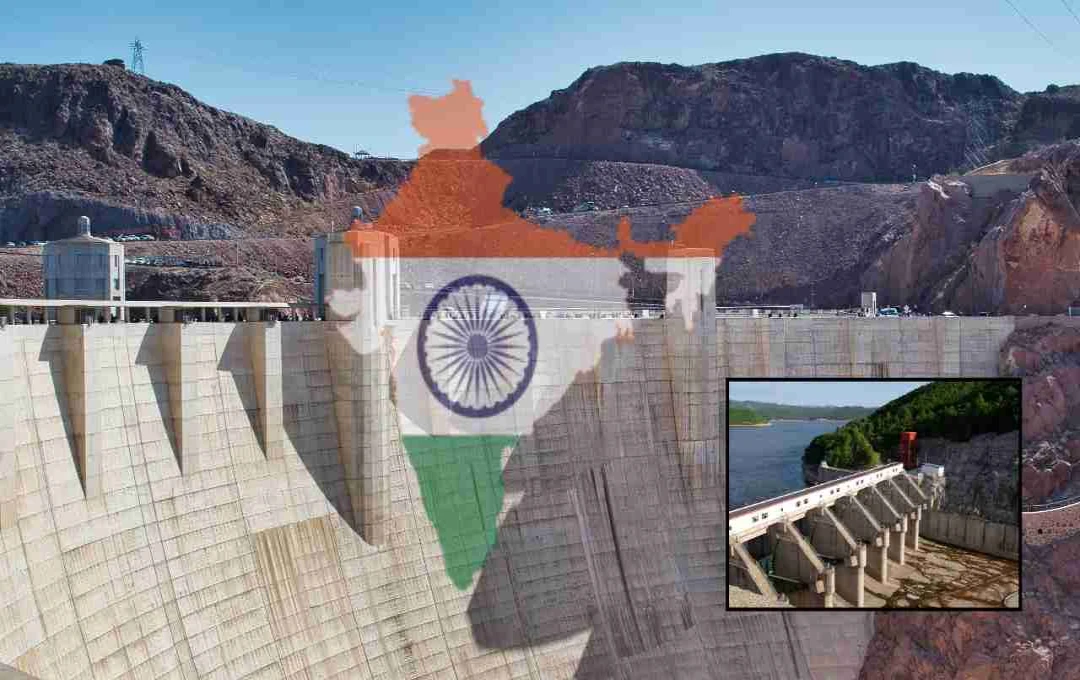Concerns regarding a potential water crisis in India due to large dams being constructed by China on the Brahmaputra River (Yarlung Tsangpo in Tibet) have periodically surfaced. However, experts believe that panic is unwarranted.
New Delhi: Concerns in India regarding dams being built by China on the Brahmaputra River (Yarlung Tsangpo in Tibet) have consistently arisen. However, experts and policy analysts believe that reasoned analysis is more necessary than fear. The reality is that the majority of the Brahmaputra River's water originates within India itself, and the dams constructed by China will not cause a significant water crisis in India. In fact, under certain specific conditions, it could even benefit India.
Could China's Dams Aid Flood Control?
Assam's Chief Minister, Himanta Biswa Sarma, recently stated in a post that if China regulates the Brahmaputra's flow, it could alleviate the severe annual flooding in Assam. Every monsoon season, the Brahmaputra's water flow becomes catastrophic, displacing millions. Therefore, if the dams built by China can reduce the water flow to some extent, it could be a relief for Assam.
The Brahmaputra's Flow Primarily in India
The fact remains that approximately 65-70 percent of the Brahmaputra River's water volume originates from the Indian region. The flow of the Tsangpo River in Tibet is comparatively much less. The river's volume significantly increases only after it crosses the Himalayas near Namcha Barwa and enters India. It becomes many times more powerful, especially during the monsoon.

The Tibetan region is cold and arid, while Northeast India—particularly Meghalaya—experiences extremely high rainfall. Mawsynram and Cherrapunji in Meghalaya are considered among the world's wettest regions. Therefore, even if China were to dam the river and hold back the water, the Brahmaputra's flow would continue in India.
Security Concerns and Reality
Some strategic analysts have warned that China might attempt to exert pressure on India by diverting the Brahmaputra's water in the future. However, considering the geography and cost, this concern seems less logical. Diverting water from the Tsangpo to China's arid northern regions, such as the Yellow River valley, would require massive investment, infrastructure development, and traversing a rugged and challenging geographical terrain.
There are numerous vast mountain ranges and rivers between the Tsangpo and the Yellow River—such as the Yangtze, Mekong, and Salween. Diverting water across all these would be technically complex and economically impractical.
India's Dams and Strategic Planning
The Indian government is also constructing several significant dams on the Brahmaputra and its tributaries. Proposed hydroelectric projects in Arunachal Pradesh and Assam will not only increase electricity generation but also contribute to flood control and water storage. Experts believe that if China ever tries to restrict the Brahmaputra's flow, India could mitigate its effects by releasing water from these reservoirs. However, this is contingent on timely completion of India's dam construction and resolving local opposition through effective policymaking.
China's Intentions and Possibilities

China is currently working on one of the world's largest hydroelectric projects in the Brahmaputra valley. If its goal is solely electricity generation, India will not face direct harm. The river's water will remain; only its flow will be regulated to generate energy. China already has the world's tallest dam—the Jinping-I Dam (1,001 feet). The planned dams on the Brahmaputra could be even taller and more complex. However, the on-ground challenges are so significant that many projects might remain only on paper.
Why is the Fear of Water Diversion Unfounded?
If China is truly facing a water shortage, it could utilize solar-powered plants to desalinate seawater. This technology has become considerably cheaper and can readily provide clean water to coastal areas. This method is far easier and more sensible than transporting water from thousands of kilometers away from the Tsangpo River.













